Chinchillas are closely related to porcupines a guinea pigs, with strong, muscular hind legs that resemble those of a rabbit. The chinchilla is a common exotic pet, but is also largely used in the fur industry for fashionable clothing. Wild chinchillas are only found in Chile, but historically lived in areas of Argentina, Peru and Bolivia. Read on to learn about the chinchilla.
Description of the Chinchilla
There are two living species of chinchilla today: the Chinchilla chinchilla (short-tailed chinchilla), and the Chinchilla lanigera (long-tailed chinchilla). The Chinchilla chinchilla has a shorter tail, shorter ears, and a thick neck and shoulders. The Chinchilla lanigera is the opposite, possessing a thinner body frame, paired with a longer tail and ears.
All chinchillas sport a velvety, thick fur coat that can be seen in various colorations, including brown, black, and white. These small creatures have bushy tails, and large, black eyes. Chinchillas have only four, clawed toes on each foot. These cute little animals are typically 9-15 inches (23-38cm) long, its tail adding another 3-6 inches (8-15cm) to their total body length. The chinchilla’s average weight is lbs (0.5-0.8 kg).
Interesting Facts about the Chinchilla
The Chinchilla is named after the Chincha people of the Andes Mountains. This group of people once wore this small creature’s velvety, dense fur as coats and hats. The chinchilla is commonly known for its soft fur coat, but this small creature has a number of unique traits.
- High Jumper – The chinchilla can jump up to 6 feet (1.8 m).
- Multiple Forms of Defense – Chinchillas have a number of defense tactics to get away from prey, including releasing tufts of fur and spraying urine.
- Use Their Paws to Eat – Chinchillas eat by holding their food in their tiny front paws, nibbling on the source of food with their prominent two front teeth.
- Bathe in Dust – Chinchillas take dust baths to decrease the amount of dander (dry, flaky skin), prevent parasites like fleas, and prevent their velvety fur coats from fungus.
Habitat of the Chinchilla
The chinchilla is native to the Andes Mountains in South America, favoring high elevations up to 14,000 feet (4,270 m) above sea level. In its natural habitat, the chinchilla lives in rock crevices and burrows.
Distribution of the Chinchilla
Today, wild chinchillas are only found in Chile, but historically lived in areas of Argentina, Peru, and Bolivia. The two species of chinchilla are native to South America’s Andes Mountains, but can be found worldwide as they have been distributed as a popular pet.
Diet of the Chinchilla
In captivity, the chinchilla is fed commercial feed pellets. Wild chinchillas have been known to consume a diet of small insects, seeds, fruits, and the leaves of plants.
Chinchilla and Human Interaction
For many years, the chinchilla’s only interaction with humans consisted of being hunted, and later bred in captivity, for their exceptionally soft fur. The chinchilla’s pelt is still used in the fur industry today, in the creation of fashionable clothing, but these chinchillas are farm-raised, rather than wild. In recent times, some have made pets of chinchillas.
The chinchilla is widely used for research and health studies. Common chinchilla health studies include:
- Pseudomona (blood bacteria) and
- Yersina infections (blood infecting bacteria),
- Listeriosis (bacterial infection of the brain),
- pneumonia (lung infection caused by bacteria or viruses),
- gastrointestinal disease (illness of the digestive system including the stomach, small and large intestines), or
- Chagas disease (human parasite illness).
As chinchillas are common hosts (the bacteria, virus or parasite lives inside the animal without causing harm) of these illnesses, so studying them will help humans to create better medicine to fight the infections.
Domestication
Chinchillas have become a popular exotic pet to own, though they are prone to health problems, including dental disease and tooth overgrowth, gastrointestinal intestinal disease, and internal parasites, which have occurred in domestication. Research is still being done as to the best chinchilla care for pet ownership.
Does the Chinchilla Make a Good Pet
The chinchilla is a popular pet to own, especially for children. Keep in mind that chinchillas are fragile creatures, that should only be owned by adults and children over the age of 10 years. In addition, the common health problems these tiny pets are prone to should be taken into consideration before welcoming one into the home.
Chinchilla Care
Chinchillas are adaptable creatures, but in captivity they require great , and should only be kept by experienced owners. Due to the inability to sweat, this small animal’s habitat must maintain a temperature of 65-75 F° (18-24° C). Chinchillas are commonly housed in roomy cages, with appropriate hiding places, bedding, and food and water dishes. The chinchilla also requires veterinary upkeep, as their teeth continue to grow throughout their lives, and require regular check-ups.
Chinchillas do not bathe in water. Instead, they take dust baths, rolling in pumice dust a few times a week. If the chinchilla gets wet, fungus could grow on its fur, causing a skin infection. These dust baths aid in controlling dander, fleas, and parasites. Despite rolling in dust, the Chinchilla is hypoallergenic, meaning most people will not have allergic reactions.
Behavior of the Chinchilla
Chinchillas are highly sociable animals, living in colonies (sometimes called “herds”) of up to 100 chinchillas. These large colonies are both for social interactions and protection from predators. Chinchillas commonly live in burrows, huddling together to maintain warmth in the high elevations of the Chilean Mountains at night.
Reproduction of the Chinchilla
The female chinchilla can breed anytime of the year. Once pregnant, she carries her young for approximately 111 days (nearly 4 months), which is the longest gestation period of almost all rodents. Chinchillas usually give birth to only one or two babies, called “kits.” Chinchilla kits are born with their eyes open, and their bodies fully covered in fur.

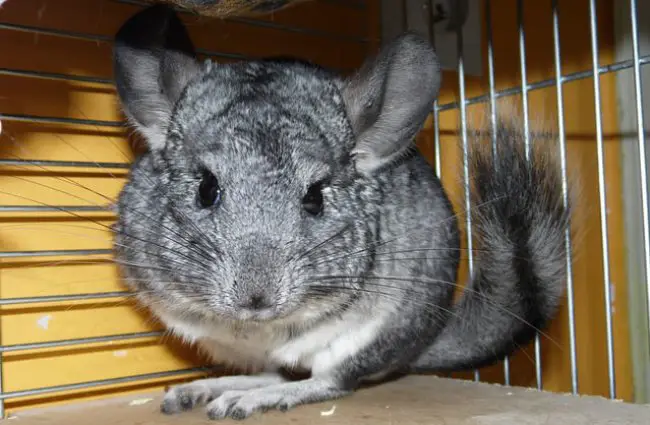
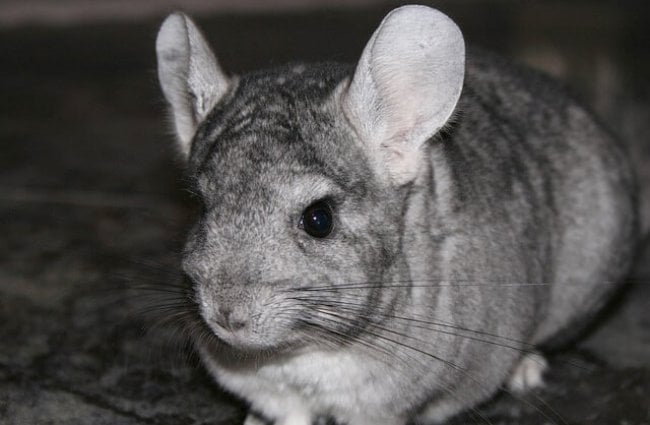

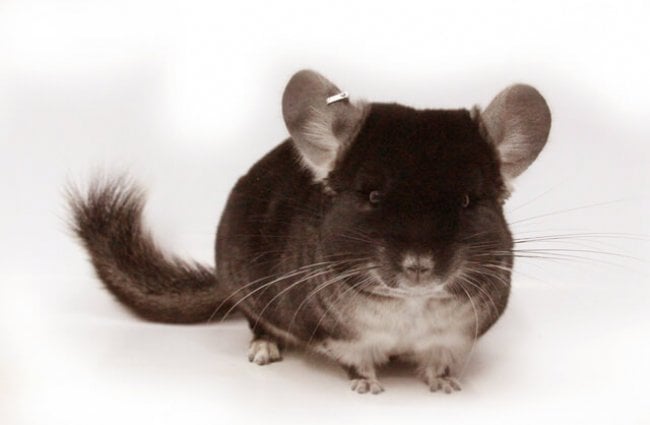
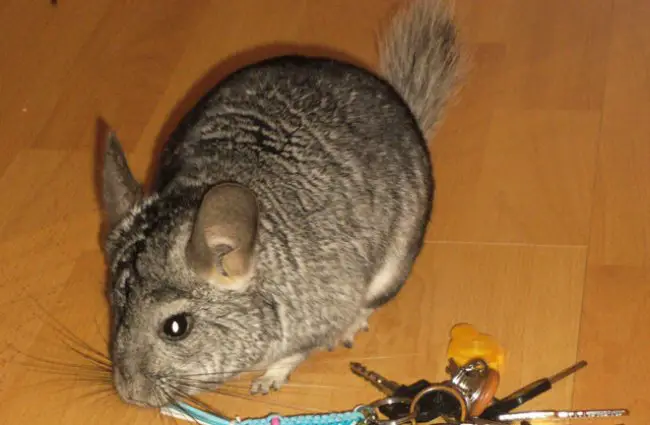

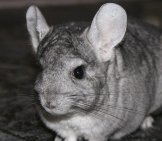
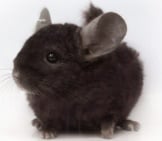
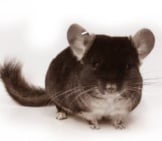
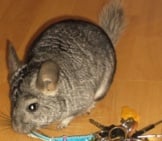
![Red Angus Closeup of a beautiful Red Angus cowPhoto by: U.S. Department of Agriculture [pubic domain]https://creativecommons.org/licenses/by/2.0/](https://animals.net/wp-content/uploads/2020/03/Red-Angus-4-238x178.jpg)


![Red Angus Closeup of a beautiful Red Angus cowPhoto by: U.S. Department of Agriculture [pubic domain]https://creativecommons.org/licenses/by/2.0/](https://animals.net/wp-content/uploads/2020/03/Red-Angus-4-100x75.jpg)

